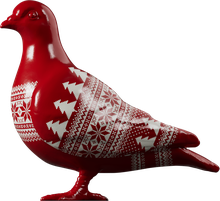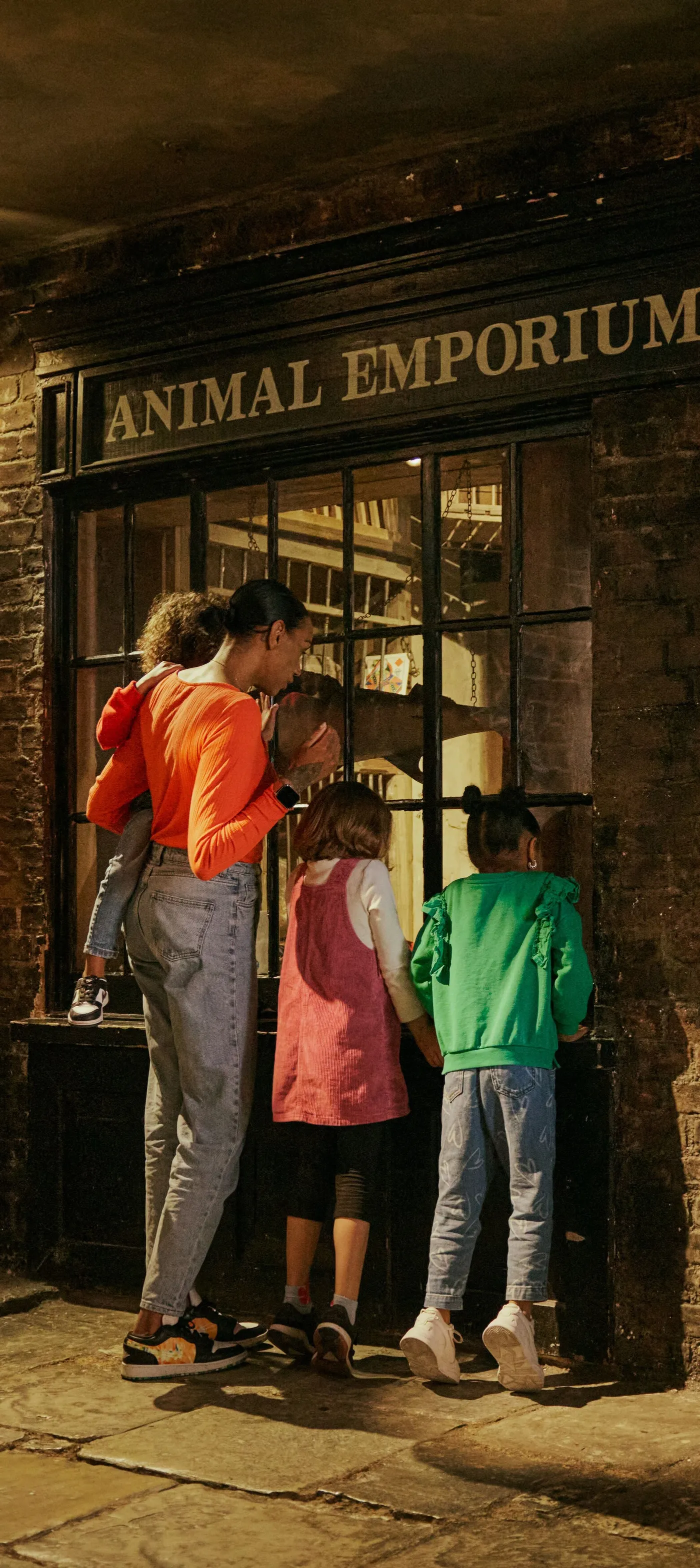06 April 2017 — By Sally Brooks, Alwyn Collinson
From Bedlam to Bath: A travelogue from 19th-century London
Explore Regency-era London through Elizabeth Chivers' diary, as she visits with her sister and uncle to explore the landmarks and wonders of 1814 London.
In the spring of 1814, Elizabeth Chivers went on a 20-day family trip from Bath to London. During the time, she wrote details of her holiday in a diary that were never published. Those manuscripts are currently part of our Library collection.
In the first two parts, we reproduced edited excerpts of her visits to various London landmarks like Hyde Park and Smithfield Market, here we continue with edited excerpts from Day 15 onwards.
If you haven’t yet, then you can read Part 1 and Part 2 of Elizabeth's diary too.
Day 15: Westminster School & Bedlam Asylum (28 March 1814)
Our fifteenth morning was beautifully fine but fine as it was it was not without a cloud for my Uncle was unwell with a shocking bad cold. About eleven we set off to St James’s park where we saw the Horse guards. Relieved from thence we went to Deans Yard to Westminster School having previously pass’d thro the Abbey and took a peep at the Poets Corner. Our errand to the School was to call on Mr Edward Willey but were disappointed in not finding him at home.
After taking a farewell view of the exterior of the venerable Abbey and Westminster Hall and once more passing over Westminster bridge we came to St. Georges fields where on the ground on which the Dog & Duck and famous Tea gardens stood is now erected a noble and immense building for the Reception of Lunatics which is called the New Bedlam. The centre is not yet completed [opened 1815] but which when finished will be very handsome indeed. It is crowned with a noble Doom [sic] and in the front is a row of fine pillars. This will be one of the largest and finest Structures this vast city contains.

A View of the Horse Guards from Whitehall, 1816, a coloured aquatint by Thomas Hosmer Shepherd.
We next pass’d Surry Theatre which is now fitting up in imitation of Covent Garden, near it is the Magdalean Hospital and Nelson Square. We also pass’d Rowland Hill’s Surry Chapel then to Mr Prowetts where we sat a few minutes. A little further brought us to Black Fryer’s bridge upon which we had a beautiful and extensive view of the City. We here counted forty seven churches.
…
I must not omit mentioning that we had the pleasure of hearing the Park and Tower Guns firing on account of the Allies entering Paris.
[Soldiers of the Sixth Coalition against Napoleonic France, which included Britain, Russia and Prussia, reached Meaux on the outskirts of Paris on 28 March 1814. The French surrendered on 30 March.]
Mrs Baker and Mrs Brice call’d upon us, about half past four we sat down to dinner, after it Mr Harting the Duke of Norfolk’s Steward call’d on my Uncle, at eight we took our Tea after it backgammon, and soon after ten we retired to rest.
Day 16: ‘The astonishing performance of a needle’ (Tuesday 29 March)

An ink print of Napoleon Bonaparte, 1816–1825.
On our Sixteenth morning my Uncle set off into the city alone and we went into Leicester Square to see Miss [Mary] Linwoods exhibition of worsted work, which is arranged in two rooms one hundred feet in length and most elegantly fitted up. One is call’d the gothic room which has a very fine effect and is very singularly designed.
The Pictures are exquisitely beautiful beyond description they have the appearance of the finest paintings, no one could have an idea of their being the performance of a needle. After spending a considerable time in viewing these most astonishing specimens of this celebrated workwoman which very far exceeded our expectations much as we had heard of it, we returned to the Rainbow then walked into the Strand as far as Temple Bar. Returned to dinner by half past four, in the evening reading, writing and Backgammon.
…
Day 18: Peep at a Princess (Thursday 31 March 1814)
On our eighteenth morning my Uncle went into the city, and we set off alone. We bent our course into Piccadilly down St James Street thro the Stable yard into the park and to the Queens Palace to take a last look at that royal mansion, there was a carriage in waiting which from the livery we found belonged to the family. We were soon informed it was the Princess Charlottes. We felt a strong inclination to embrace this opportunity of catching a glance however transient of this great personage.

Portrait of Princess Charlotte of Saxe-Coburg, 1816. She was the only daughter of George IV and Queen Caroline. She died after childbirth in 1817.
We loitered about a long time in expectation of seeing the carriage draw up, at last the palace doors were thrown open and two Ladies step’d into the carriage we instantly placed ourselves in that direction that we had a full view into the carriage, which for a few yards coming out of the gate way only went foot pace, and we standing tip toe and making the very best use of our eyes, were highly gratified in having a full view of her Royal Highness who was attended by the Duchess of Leeds.
We proceeded to Hyde park thinking we might perhaps have a second look but were disappointed. We returned thro Berkel[e]y Square Bond street and Piccadilly much pleased with having been so fortunate as to see the Princess Charlotte of Wales. In the evening we prepared for our departure by collecting our different articles together and my Uncle settled with Mr Godfrey.
Day 19: Home from a charming journey (1 April 1814)

Hyde Park Corner Turnpike, with a view of St George's Hospital, 1797. An aquatint by Rudolph Ackermann.
On our nineteenth morning the first of April we concluded our visit to London, a visit we shall long remember and very often think of with the greatest pleasure and shall ever reflect with gratitude on our Uncles great kindness to us in giving us so great a treat as in making us his companions in this charming journey which we have so much enjoy’d and for all the trouble he has had on our account in showing us I may almost say every thing in London worth the attention of a Stranger.
…
Day 20: Back to Bath (2 April 1814)
The next morning, our twentieth day, we set of precisely at eight…
The country here is beautiful, fertile vales, pretty hills and a number of rural cottages here and there dispersed and the fine hills so familiar to our view surrounding Bath now form’d a part of this most beautiful and romantic scene. After passing thro Box and Batheaston, we had once more the pleasure of arriving safe at Bath, and had the happiness of finding my Father & Mother quite well.
These edited excerpts from Elizabeth’s diary gives us a valued first-hand account of what London looked and felt like to a tourist in the mid-19th century. Much like if the current Instagram reels and TikTok videos would survive for those looking back at life in London in the mid-21st century, a couple of hundred years from now.
Sally Brooks is Librarian and Alwyn Collinson is Digital Editor at London Museum.





